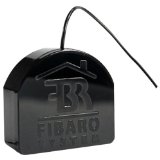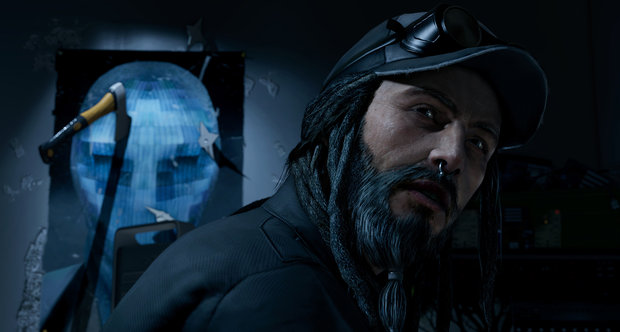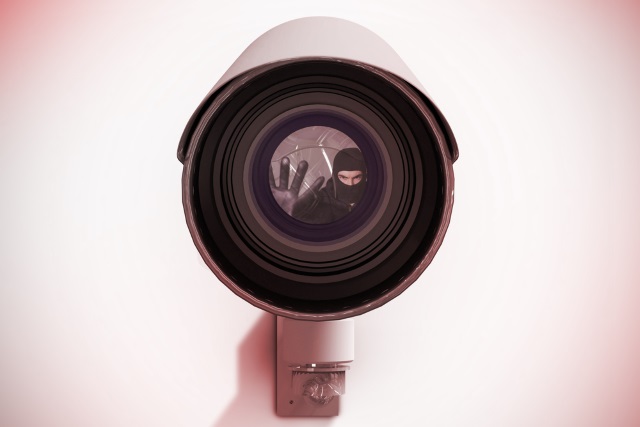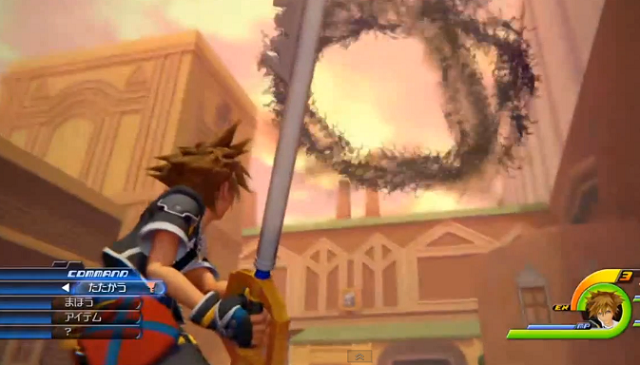

Game Rant‘s Riley Little reviews Samurai Sword Destiny
Developed by UFO Interactive, Samurai Sword Destiny was introduced to the masses via the Nintendo 3DS eShop earlier this year. The game is a side-scrolling slash’em up that throws 3DS owners into the role of Akane, a young girl who is trying to locate the whereabouts of her older brother Tetsuo.
Apparently all the bad guys in Japan are gunning for her too, because she’ll begin facing hordes of ninjas and samurais right from the beginning.
The style of the game looks very close to that of Japanese art, and the addition of 3D only helps bring the game to life on the handheld. The end result of this pairing creates a pop-up book feel, and just goes to show that a 2D world can look rather dapper with a little aid from the third dimension. Samurai Sword Destiny is definitely one of the better looking titles on the 3DS, there’s no question about that, but when it comes to actual gameplay it falls short.
Chapters in the game’s story can be chopped up (pun intended) into three different portions: combat areas, “dashing” segments, and boss battles. While in combat, players can use a handful of moves to take out their enemies. There are a total of eight maneuvers at Akane’s disposal, but the one move that will constantly be used is the charge attack — as it helps evade attacks and do damage to more than one enemy at a time. The move will be used and re-used because it’s the easiest way to take out a room full of angry minions, so much so that it becomes obvious after playing the game for even the shortest amount of time that this move is over-powered.
Even if the game didn’t feature such an over-powered mechanic, the combat wouldn’t feel even the slightest bit rewarding. Hacking and slashing your way through wave after wave is extremely tedious. Fortunately, it does become easier (as well as quicker) to plough through foes by upgrading your health and weapon power. Akane and her trusty katana can both be upgraded to help slice through the opposition, and while the ability to upgrade certain specs isn’t very deep, it’s a half decent feature that adds a little bit of reason to keep playing.
Just keep spamming this move. It really does work.
Segments that pertain to “dashing” make for a nice change of pace while playing through Samurai Sword Destiny‘s story mode. The premise of these areas is to avoid incoming arrows, archers, and boulders as they come flying at you with lethal intent. The first few segments will be easy, but they quickly become challenging. Thankfully they also become some of the most enjoyable portions of SSD, and provide a very legitimate Bit.Trip feel.
When the short campaign has been polished off, ‘Survival Mode’ and ‘Challenge Mode’ are there to provide gamers with a little bit more bang for their buck. In ‘Survival’ Akane must stay alive, for a certain amount of time, all while killing generic characters based on the feudal era of Japan. It’s a good way to get some experience to upgrade the main protagonist, but other than that it’s nothing special. ‘Challenge’, on the other hand, provides 100 enemies for slaughter, and then awards players with XP based on how well they faired.
Aside from the fabulous art and 3D, Samurai Sword Destiny feels more like a $.99 iPhone game then a $5.99 downloadable 3DS title. The story, survival, and challenge modes just don’t stack up to the content currently offered on the handheld’s other downloadable romps, and I simply can’t recommend it when there are much better games you could be spending your money on.
Follow me on Twitter @TheRileyLittle.
Samurai Sword Destiny is available now on the Nintendo 3DS eShop.




 Watch Dogs walkthrough guide: Act IV: Someones Knocking to No Turning Back
Watch Dogs walkthrough guide: Act IV: Someones Knocking to No Turning Back New Super Mario Bros 2 – Mario Power Ups Guide
New Super Mario Bros 2 – Mario Power Ups Guide 5 Dangers to Consider When Pointing Your Home Security Cameras
5 Dangers to Consider When Pointing Your Home Security Cameras How to Unlock Weapon Customization In MGS V: The Phantom Pain
How to Unlock Weapon Customization In MGS V: The Phantom Pain Kingdom Hearts III Wiki – Everything you need to know about the game .
Kingdom Hearts III Wiki – Everything you need to know about the game .